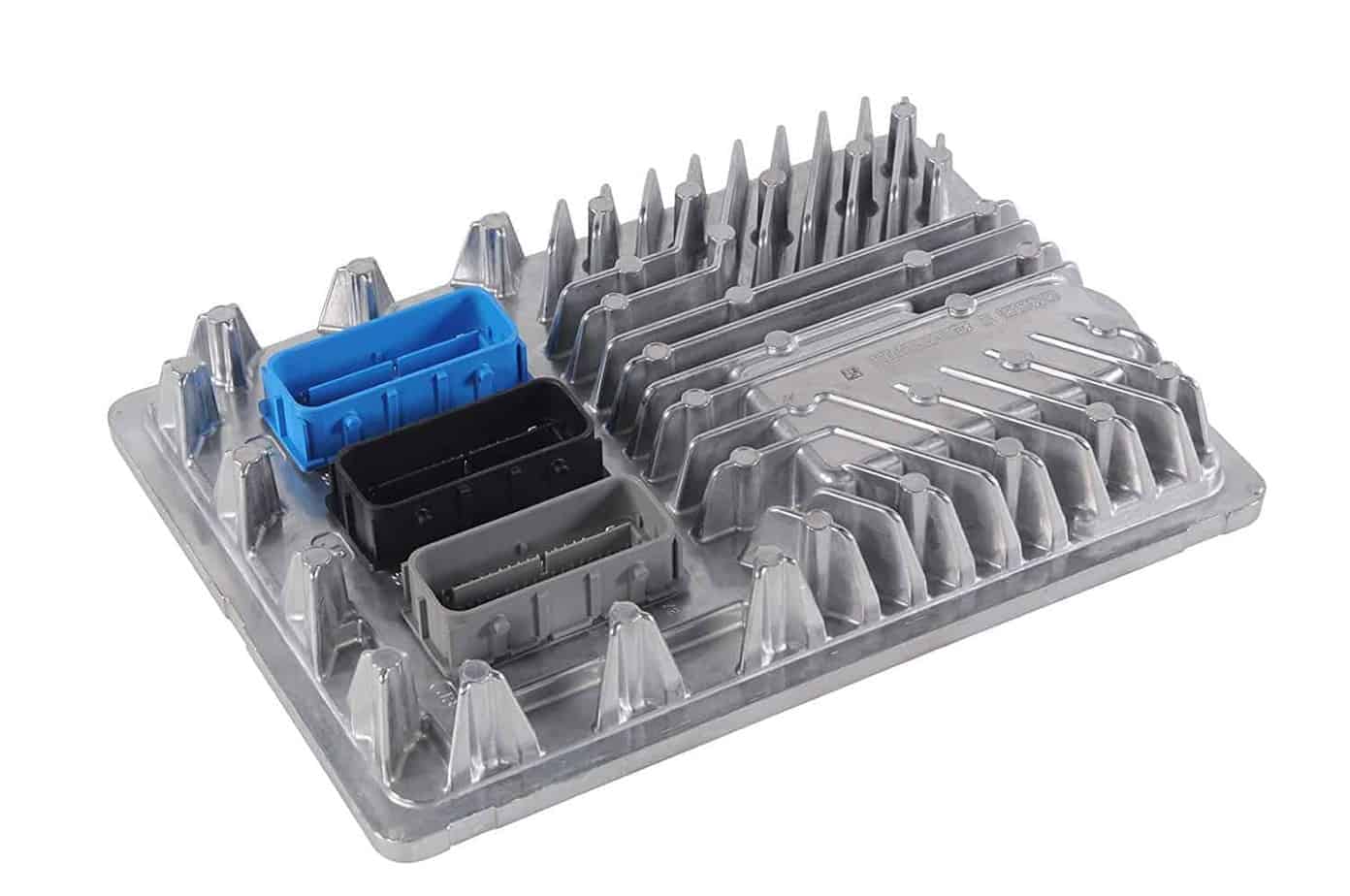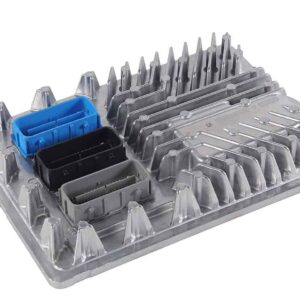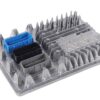Restore Your Truck’s Performance and Reliability
Is your 2017 Chevy Tahoe or other GM vehicle acting up? If you’re dealing with frustrating issues like a persistent check engine light, poor fuel economy, intermittent stalling, or a dreaded no-start condition, a failing Engine Control Module (ECM) is often the culprit. As the central computer of your vehicle, the ECM manages everything from fuel injection and ignition timing to transmission shifts. When it fails, the symptoms can be widespread and confusing. I’ve seen it countless times in my 20+ years in the shop—a perfectly good engine crippled by a faulty computer.
This isn’t just a replacement part; it’s a comprehensive solution. We take the guesswork and high dealership costs out of the equation by pre-programming this genuine GM ECM, part number 12674052, specifically to your vehicle’s VIN. This ensures that it arrives with the latest factory software and calibrations from General Motors, tailored perfectly for your truck or SUV. This critical step guarantees proper communication between all vehicle systems, restoring the precise performance and efficiency you expect.
A Technician’s Notebook: The Misleading Misfire
A customer brought in a 2017 Silverado 1500 with a random misfire (P0300) that had them chasing their tail for weeks. They had replaced plugs, wires, and even an ignition coil, but the problem persisted. On a whim, I checked the ECM’s internal processor performance codes and found a pending P0606 (ECM Processor Fault). The module wasn’t failing completely, but it was glitching just enough to disrupt ignition timing intermittently. We installed a VIN-programmed ECM like this one, performed the crankshaft variation relearn, and the truck ran perfectly. It’s a classic example of how a bad computer can mimic a mechanical failure.
Is Your Vehicle Showing These Symptoms?
- ✔ Unexplained Check Engine Light with codes like P0601, P0606, or U0100.
- ✔ Vehicle refuses to start or cranks but won’t turn over.
- ✔ Noticeable drop in fuel mileage.
- ✔ Engine stalling, sputtering, or running rough.
- ✔ Harsh or erratic automatic transmission shifting.
- ✔ Communication errors with other vehicle modules.
A Straightforward Guide to Installation
Replacing your 2017 Tahoe Engine Control Module is a manageable job for a DIYer with basic tools or a quick task for any professional technician. Follow these steps for a successful installation.
- Safety First: Always disconnect the negative terminal from your vehicle’s battery before beginning any electrical work.
- Locate the ECM: On most GM trucks and SUVs like the Tahoe, the ECM is located in the engine compartment, typically on the driver’s side (LH) front fender.
- Disconnect Connectors: Carefully release the locking tabs and unplug the wiring harness connectors from the old module. Inspect the pins for any corrosion or damage.
- Remove the Old Module: Unbolt the old ECM from its mounting bracket. Keep the hardware as you will reuse it.
- Install the New Module: Mount your new, pre-programmed ECM onto the bracket and securely fasten it.
- Reconnect Everything: Plug the wiring harnesses back into the new module, ensuring they click securely into place. Reconnect the negative battery terminal.
- Perform Final Procedures: This is a critical step. You will need access to a GM-approved programming tool (like TIS2Web or Techline Connect) to perform the Vehicle Theft Deterrent (VTD) relearn. The vehicle will not start until this is completed. Other procedures like a crankshaft variation relearn may also be necessary.
Verified Vehicle Compatibility
This module is a direct-fit replacement for a wide range of GM vehicles and interchanges with part numbers 12692068, 12704476, 12686382, 12674472, and 12678815. Please verify your vehicle from the list below:
- Cadillac ATS (2017): 3.6L, VIN Y (LF4)
- Cadillac CTS (2017): 3.6L Twin Turbo (LF3) or 6.2L Supercharged
- Cadillac Escalade / ESV (2017)
- Cadillac XTS (2017): 3.6L, VIN 8 (LF3)
- Chevrolet Corvette (2017)
- Chevrolet Silverado 1500 (2016-2018)
- Chevrolet Suburban 1500 (2017)
- Chevrolet Tahoe (2017)
- GMC Sierra 1500 / Denali 1500 (2016-2018)
- GMC Yukon / Yukon XL 1500 (2017)
Frequently Asked Questions
What do you mean by “programmed to my VIN”?
Before we ship your ECM, we use your Vehicle Identification Number (VIN) to load the most current, vehicle-specific software from GM. This ensures the module is calibrated for your exact engine, transmission, and options, saving you a costly trip to the dealership for initial programming.
Will my vehicle start immediately after installation?
No. For security reasons, you MUST perform a Vehicle Theft Deterrent (VTD) relearn procedure after installation. This syncs the new ECM with your vehicle’s anti-theft system. Without this step, the engine will be disabled and will not start. This requires a professional scan tool with GM software (e.g., TIS2Web/Techline Connect).
What other relearn procedures might be needed?
Depending on your vehicle, you may also need to perform a Crankshaft Position Variation Relearn (CASE relearn) to prevent misfire codes, and potentially other setup procedures like injector flow rate programming. This is standard practice when replacing an ECM and is the responsibility of the installer.
Is this a difficult part to install myself?
The physical installation is straightforward for someone with basic mechanical skills. The main challenge is access to the proper diagnostic equipment for the mandatory security and system relearns. We recommend this part for experienced DIYers or professional repair shops.
How do I provide my VIN number?
After you complete your purchase, you will receive instructions on how to send us your 17-digit VIN. We cannot program or ship your part until we receive this information, so please provide it promptly to avoid delays.



